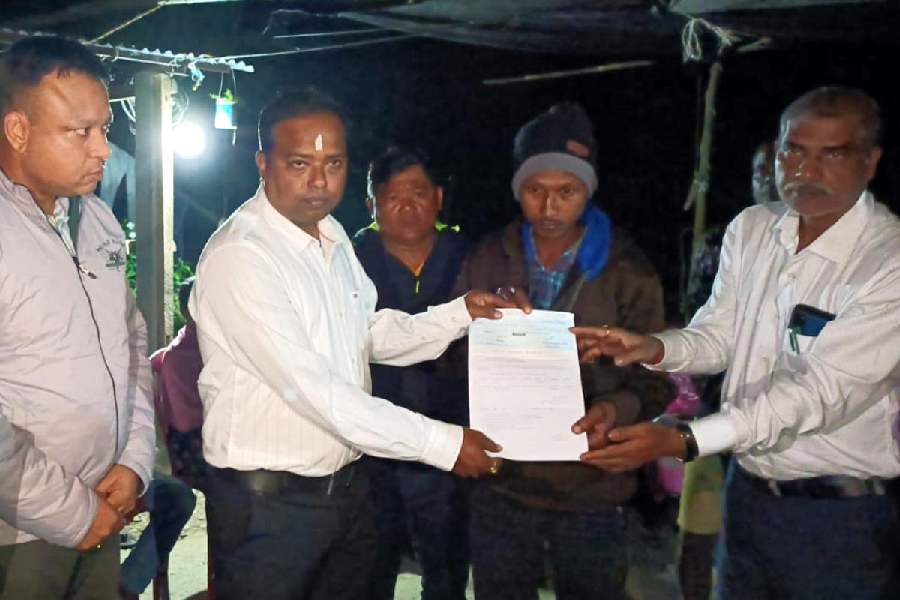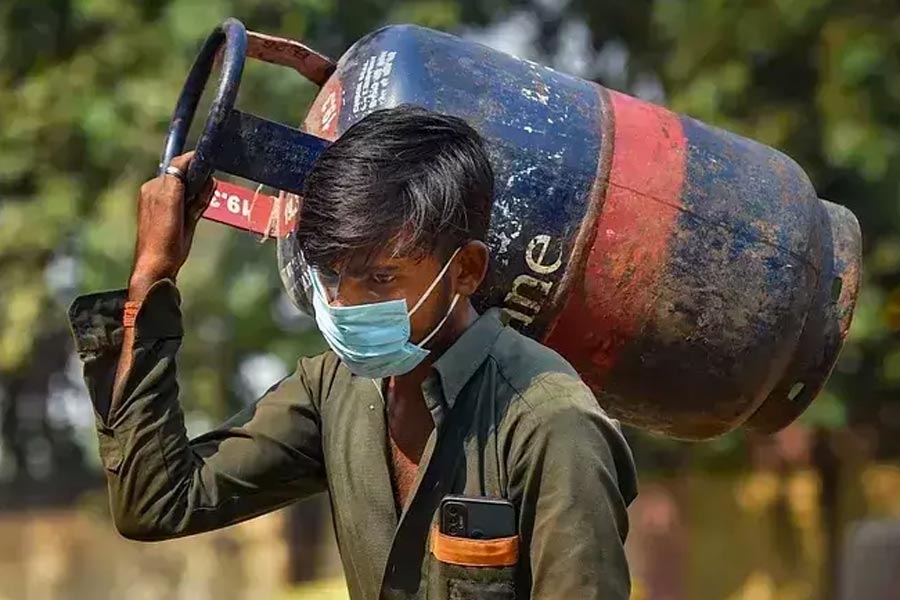Foresters in north Bengal have undertaken a slew of initiatives to try and reduce casualties during man-elephant conflicts even though the officials admit that they are pinning their hopes on a project to revive elephant corridors in the region to avoid conflicts.
On Sunday, 58-year-old Minu Oraon was trampled to death at Mourijote under Naxalbari police station in Darjeeling district, taking the number of casualties in man-elephant conflicts in north Bengal to 15 in just one month.
A source said that following the frequent casualties, the department has taken a number of initiatives, including forming quick response teams (QRT), to mitigate the situation.
“We have formed around 30-odd QRTs in the foothills of Darjeeling where a herd of nearly 150 elephants are currently moving around," said a forest official.
Around 10 mobile patrolling vans have been engaged and a team of nearly 100 people, including forest guards and casual workers, are tracking the movement of elephant herds.
“Over 100 searchlights, crackers and a number of hand mikes have also been given to the villagers,” the source said.
Senior forest officials, however, admit that the department is pinning hopes on a project to revive elephant corridors as a way to reduce man-elephant conflict in the region.
“Work on the pilot project has recently started and we are pinning our hopes on its success,” said an official.
The source added that the pilot project has been initiated to revive the corridor between Jaldapara National Park and Buxa Tiger Reserve via Bharnobari Tea Estate in the Dooars region. The forest department has asked a few tea companies to provide some land contiguous to the corridor.
“The idea is to develop a 5km stretch of a corridor with adequate fodder and water. The corridor will be 300-meter wide with energised fences on both sides,” said a source.
Different varieties of trees and plants, which serve as fodder for elephants, will be planted extensively along this stretch. “Water bodies will also be created for the animals,” said a source.
The idea is to ensure that elephant corridors are not encroached upon and the animals are discouraged from entering the villages.
In north Bengal, the elephant corridor stretches between the Mechi river that is on the Indo-Nepal border and the Sankosh river that flows at the interstate border of Bengal and Assam.
The forest department estimates that the number of wild elephants in north Bengal is almost 600.
Elephant herds cross through different patches of forests, including wildlife sanctuaries and national parks like Mahananda, Gorumara, Chapramari, Jaldapara and Buxa Tiger Reserve.
So far, 16 stretches of corridors for elephants have been identified in the region across different districts.
Ujjwal Ghosh, additional principal chief conservator of forests (north), said: “We have started a pilot project to revive the corridors to reduce the conflict. We have increased the number of teams to mitigate the conflict so that information on elephant movement can be relayed early for immediate action.”










